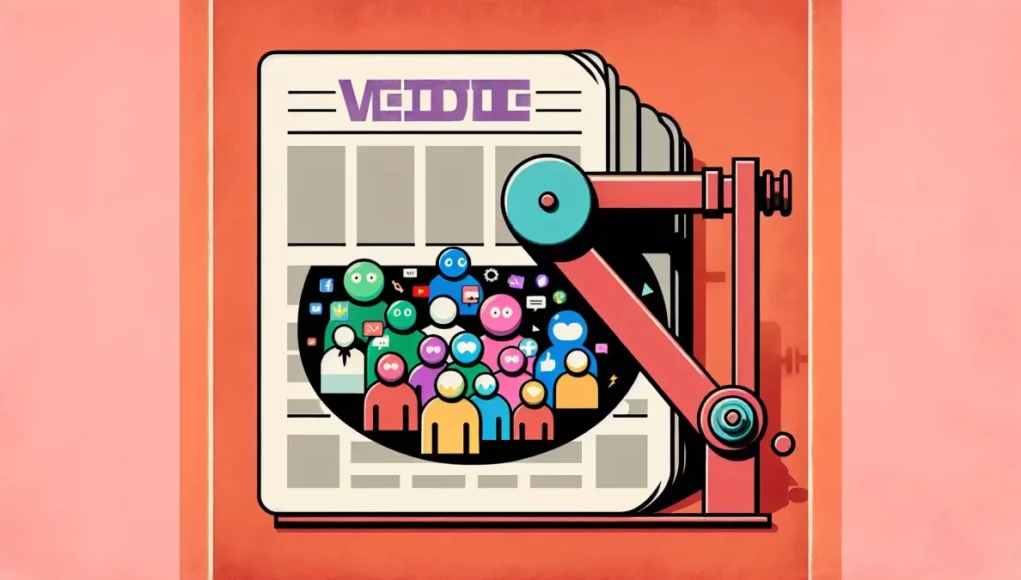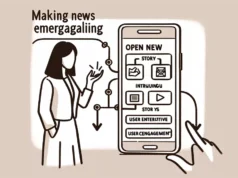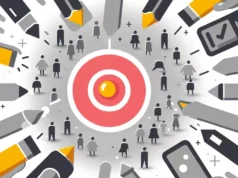In the ever-evolving landscape of journalism, a new trend is infiltrating news outlets and journalists alike: the use of humor and memes as tools for audience engagement. What once was considered a frivolous entertainment medium, memes and humor have now emerged as potent arsenal in the information warfare, they are have become influential and potent communication mediums for journalists in engaging their audiences more effectively.
A meme, according to the Merriam-Webster dictionary, is “an idea, behavior or style that spreads from person to person within culture”. This viral nature of memes makes them a particularly potent tool in a digital age where news travels fast and a catchy and accessible medium can capture and retain public attention easily. The symbiotic relationship between memes and humor is undeniable. There isn’t just an intersection of the two, but often a collision resulting in an explosion of shared humor and engagement.
The adoption of memes and humor by news organizations might seem a hard pill to swallow for some journalism purists. However, the evidence of their effectiveness in bolstering reader engagement and article shares is hard to ignore. Perhaps the most visible example of this is the rise of satirical news sources, such as The Onion in America, and The Daily Mash in the UK. These outlets not only manage to deliver relevant news with a comedic twist, but often, through the use of this tactic, they engage readers in a manner traditional news outlets struggle to.
But it’s not just satirical outlets that successfully leverage this trend. Traditional news networks such as CNN and BBC have also been seen utilizing memes in their coverage. During the 2020 U.S election season, readers could find memes peppered across Twitter feeds of popular news outlets. These memes often used humor to simplify complex political discussions, making them more accessible and appealing to a broader audience.
Another great example is the ‘Reuters Fact Check’ Instagram page. This account uses humor and memes to debunk fake news and misinformation. It is a good illustration of how news outlets can adapt to new forms of communication, by not just sharing fact-checks but doing so in a format that is engaging and attractive to audiences that would not normally follow a fact-checking account.
Making humor and memes work in your favor as a news outlet does not mean compromising the integrity of journalism. It’s about walking a fine line between amusement and news delivery. With an age demographic of 18-29-year-olds being the largest consumer of news on social media, according to Pew Research Center, it becomes imperative for news outlets to communicate news in this language to tap into this market effectively.
On the flip side, however, memes and humor do carry the risk of trivializing serious issues or being misinterpreted due to their inherent ambiguity. Audience reaction to failed humor tends to be significantly worse than it is to content that is played straight, according to a study in the Journal of Broadcasting & Electronic Media. It is essential, therefor, to make sure to respect the topic and the audience while employing humor and memes in news reporting.
Nevertheless, with the right approach, memes and humor have the potential to make reading the news a more engaging, personalized, and enjoyable experience. When dealing with complex issues and grim headlines, a dash of humor can provide a much-needed breather, encourage readers to read, share and remember news stories.
The field of journalism is changing. To stay relevant, news outlets can no longer afford to ignore the power and potential of memes and humor. It’s not about sacrificing journalistic principles; it’s about evolving our ways of storytelling and audience Engagement. After all, laughter, they say, is the best medicine – maybe it’s the best way to deliver news too.
Sources:
1. Merriam-Webster dictionary
2. Pew Research Center
3. “The Journal of Broadcasting & Electronic Media” study
4. Reuters Fact Check Instagram page
5. The Onion
6. The Daily Mash






